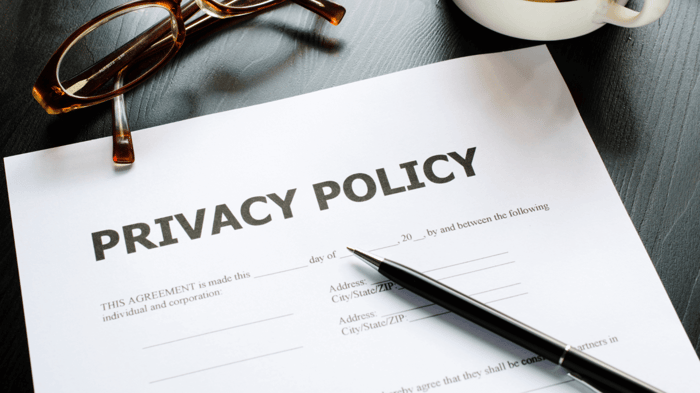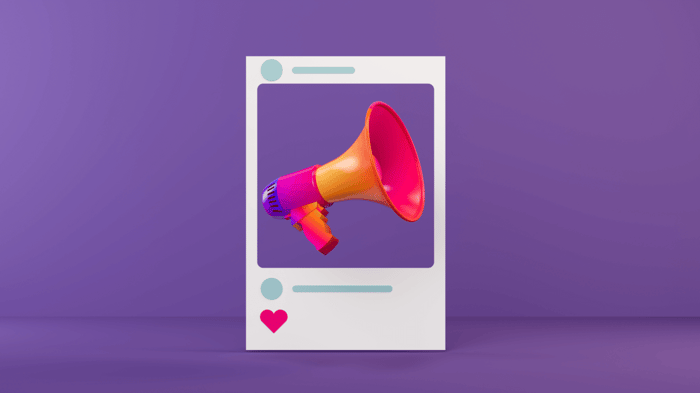Babies are a bundle of joy, but they also come with a significant amount of expenses. Parents want to give their little ones the best care possible, and that often means investing in baby products such as diapers, clothing, and furniture.
How much does the average household spend on baby products?
The amount that households spend on baby products varies depending on a number of factors, including the age of the child, family income, and geographical location. According to the United States Department of Agriculture (USDA), a middle-income family can expect to spend approximately $233,610 to raise a child from birth to age 18. This includes expenses related to housing, food, education, transportation, and health care.
In terms of baby products specifically, the Bureau of Labor Statistics (BLS) reports that the average household with a child under two years old spends around $1,200 per year on baby products. This includes expenses such as diapers, formula, baby food, clothing, and furniture.
Is the trend for baby product spending on the rise in the market?
The market for baby products is growing, driven by a number of factors, including increasing birth rates, changing consumer preferences, and the growth of e-commerce. According to a report by Grand View Research, the global baby products market size was valued at USD 121.0 billion in 2020 and is expected to grow at a compound annual growth rate (CAGR) of 5.3% from 2021 to 2028.
One of the major factors driving the growth of the baby products market is increasing birth rates. The global birth rate has been steadily increasing over the past few years, and this trend is expected to continue in the coming years. This means that more families are in need of baby products, particularly in emerging markets where the birth rate is highest.
Another factor driving the growth of the baby products market is changing consumer preferences. Today's parents are more concerned about the safety, health, and sustainability of the products they buy for their babies. This has led to a rise in demand for organic and eco-friendly products, as well as products with minimal chemical content.
Finally, the growth of e-commerce has had a significant impact on the baby products market. Online retailers offer a wider range of products at competitive prices, making it easier for parents to find what they need. Additionally, the COVID-19 pandemic has accelerated the trend of online shopping for baby products as more people stay home and avoid physical stores.
Conclusion
Raising a child comes with significant expenses, and baby products are a major component of those expenses. The average household spends around $1,200 per year on baby products, including expenses such as diapers, formula, baby food, clothing, and furniture.
The trend for baby product spending is on the rise due to increasing birth rates, changing consumer preferences, and the growth of e-commerce. As the market for baby products continues to grow, we can expect to see more innovation and new products designed to meet the evolving needs of parents and their little ones





